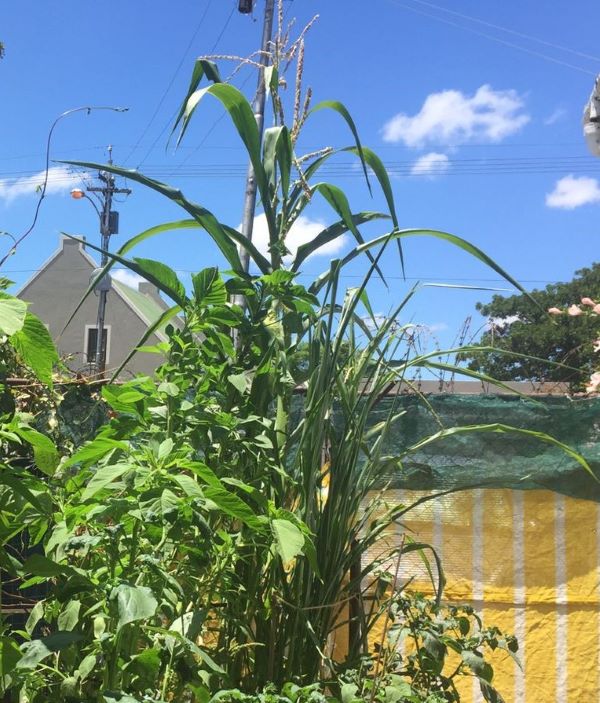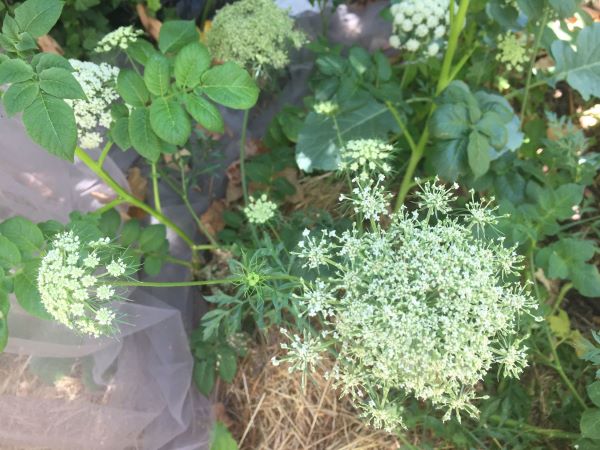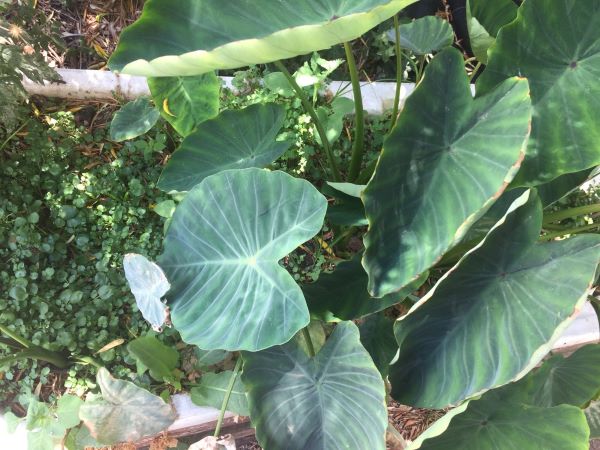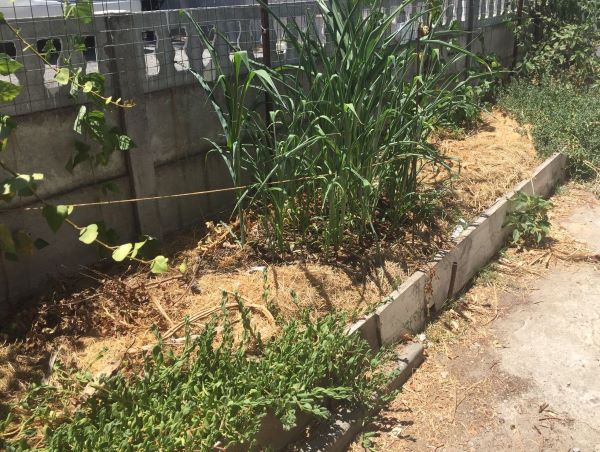| Back to Back Issues Page |
 |
|
Restore Nature, Issue #008 January 14, 2024 |
HelloRESTORE NATURE
Apologies for the long delayNewsletter for January 2024 Dear Readers APOLOGIES You have had the kindness to subscribe to my newsletter. I owe you an apology and explanation for my long absence since September 2023. A while ago I had the idea of combining newsletters with a course. This turned out to be problematic. Some concepts that flounderedThe idea was that each newsletter was like a module in the course, which would then have 12 modules and take a year to complete. The other problem was mentioning my pricing in a heading. As I was constantly researching and writing the next module, and it was thus the first release of the course, I did not want to charge anything. Unfortunately I used the wrong words to announce that it was not for remuneration in the title. I guess this is what spammers do generally, and the bots sent all my letters to people's spam folders. However, if you receive this issue of the newsletter, you can access the back issues by clicking on the live link in the letter. Once a letter from a sender has gone to spam, it will direct all future communication there, so you may have to go into your spam folder, open the letter and follow the prompts to tell the computer that the newsletter is not spam. This nonsense really grieves me as I have a super low 'spam count' Regarding the long delay, in retrospect, combining the course and newsletter doesn't work. If a module takes a long time I leave the readers without any communication or explanations for months on end. 
Going forward !From now on I'm reverting to monthly newsletters (short) which will be linked to the course modules (long) as they come. The offer of the course still stands, it will just take more time than planned. You will be able to access it with links I send in the newsletters. The 12 part course centres around biodiversity, to help gardeners around the world garden against extinction. The chapter I've been working on deals with biodiversity per se, what it is and why it is so important. The rest of the course is planned as the 'how'.
Everyone who is signed up here probably wants as biodiverse a garden space as possible and is already persuaded of the need. So we don't really need a detour into the 'why' of biodiversity. Or do we ? Does it merit examination ? I found doing so very useful, if only to find out where some grandstanders get their argumentive ammunition. To give you an idea of the content of the biodiversity WHAT and WHY module, coming with the next newsletter, I look at authors who have claimed we don't have an extinction problem, and found some holes in their arguments, said a bit on the diversity of diversity, and analyzed and listed many of the reasons for justifying protecting biodiversity. Please excuse meI apologize to readers for missing newsletter deadlines. The biggest stumbling block was that unpacking the 'what and why' of biodiversity nearly destroyed everything I believe in ! Subsidiary excuses are caring for my 93 year old mother and clearing out and renovating her house and fitting some of her vast array of stuff into my house, and of course, I've been working on the module on biodiversity for more than 3 months. I have been reading science articles and statements made by various organizations on their websites. Collating it all, fact checking and finding my own voice in all this data has taken a very long time and I've less time than I had before. I hope that the effort invested will produce a good module which you can profit from in your own activism or gardening. 
I'm posting snapshots of the summer vegetable garden for your visual delight. The annual vegetable beds are planted with maize, Tetragonia (dune spinach), African amaranth, Peruvian cherry, 3 varieties of climbing beans, sweet potatoes, potatoes, sprouting broccoli, Madagascar bean, chard, Malabar spinach and self seeding watercress which forms a lovely green carpet under the velvety taro leaves growing in an old bath tub. Some end of season carrots are flowering and I've pulled up most of the onions which were disappointing but now I have several cupfulls of sets. You can use all kinds of space for gardening. The beds are in our narrow concrete driveway, as everything else is planted up with food jungle things. The driveway is on the north of the house, between close walls, and is blasted by the sun all day. I have shade net over the beds which are not shaded by the olive tree if there are seedlings or sensitive plants. This practice must seem strange to folk who don't get enough sun. Context is everything, but some things are universal. The vegetables have been keeping me busy with hand watering as we have a fierce heatwave at the moment, which is quite normal in our climate in January. You can see the folded leaves of the maize showing its hot and they need water. Its actually a bit less oppressive, and colder than usual. Thank God for that. It helps my mother that it isn't above 30 Celcius too often. Till next time Enjoy your garden ! Caroline 
Topic suggestions welcomeYou may write to me anytime at the website greenidiom by filling out a comment. You can also use my webmail (website mail) address greenidi@greenidiom.com. Have you missed the introduction ?Please go to back issues if you want to catch up with what I've sent thus far for the course, basically the introduction, as well as previous newsletters that came before the course. |
| Back to Back Issues Page |